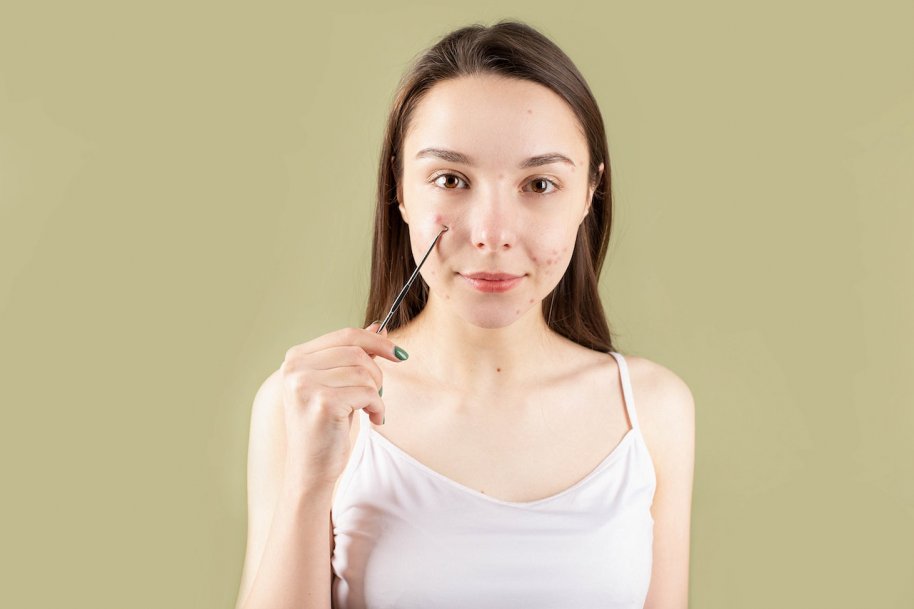Most people find it hard to handle an acne outbreak. It can affect your confidence and make you self-conscious.
Acne results from dead skin cells and oils that build up in hair follicles or pores, producing a plug called “comedones.” Bacteria can grow in the clogged pore and will cause inflammation and the formation of red bumps.
Classifications of Acne
Acne can be classified into three degrees: mild, moderate and severe.
- Mild acne causes minimal whiteheads, blackheads and red bumps.
- Moderate acne means the appearance of several red bumps.
- In more serious cases, severe acne can result in painful, pus-filled bumps called nodules or cysts when it’s not treated for a long time.
Once the acne heals, it leaves discoloured marks, either light red or brown. These types of marks will just heal over time on their own. But severe acne, especially cystic acne, is more likely to scar as it heals.
Different Kinds of Acne Scars
Not all people experience acne scars. The scarring will depend on the kind of acne developed and the treatment.
Acne scars come in various appearances. They can be small, mottled depressions or deep and narrow depressions.
Find out the five kinds of acne scars and their classification below.
1. Atrophic Scars
Atrophic scars with flat, pale, shallow marks appear below the skin’s surface. These kinds of scars are commonly caused by severe cystic acne. Below are three types of atrophic scars.
2. Rolling Scars
Rolling scars are shallow, deep depressions with gently sloping edges that make the skin appear wavy and uneven.
3. Boxcar Scars
Boxcar scars are shallow, rectangular depressions with sharply defined edges. Viral infections cause a red, itchy rash with raised red bumps that look like chicken pox.
4. Ice Pick Scars
Ice pick scars have a narrow depression with steep edges. And commonly occur around the cheek. The treatment for this kind of scar tends to be difficult and often requires aggressive treatment.
5. Hypertrophic and Keloid Scars
Hypertrophic and keloid scars form as raised bumps on the skin where acne once was. This happens when an excess of collagen is present, producing extra skin.
Keloid scars grow beyond the original spot, causing them to be larger than the acne that caused them.
What Causes Hyperpigmentation?
When severe acne occurs and causes skin damage, it becomes hyperpigmented. However, in all cases, your skin will return to its natural colour when you use proper sun protection.
People with darker skin who pick their acne or squeeze it might experience post-inflammatory hyperpigmentation, where patches of glowing red skin are left behind after the acne is gone.
Conclusion
Developing acne can be frustrating. It can cause scars in the long run, and being scarred can also result in depression and anxiety. Thankfully, with the proper treatment, it is possible to clear the acne while preventing scars from appearing.
Learning about acne and acne scars can help us see it differently. It’s a great reminder that we seek proper treatment.
For over three decades, Visible Changes has remained the number one provider of skin care and acne laser treatment in Adelaide. Contact us today to schedule an appointment!

